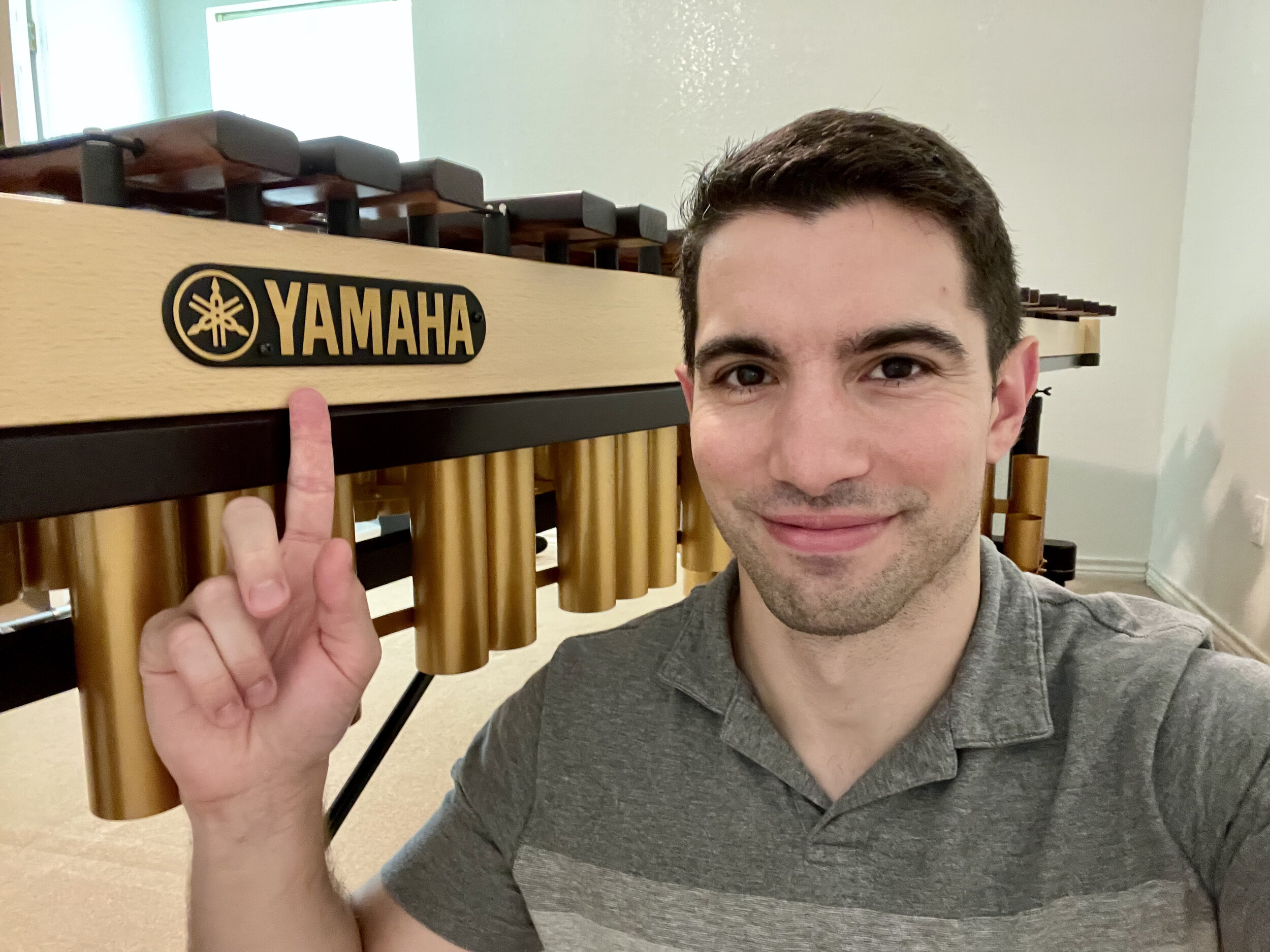When Steve Jobs introduced the iPod to the world (17 years ago yesterday!), the marketing tagline was “1000 songs in your pocket.” The premise was a revolution: music fans could carry an entire library of music on a device the size of a deck of cards. It heralded a new era of digital music following the highly illegal Napster era of the late 90s.
I can still remember getting my first iPod in 2005. Every computer I had ever used was a bland beige color, and the experience of using these devices didn’t do much to excite the imagination. The iPod was a bright white color, and the experience of scrolling through my expansive music library on the device was almost as exciting as listening to the music contained within.
Now digital music has turned to a new era: streaming music. Services like Apple Music, Spotify, and Google Play Music offer users 50 million songs to listen to. That is 50000 times the amount of music the original iPod could hold. All this comes at a price of $10 a month ($5 for students—the steal of the century!).
Want to listen to that one hit-wonder from 1998? It’s there. What about that obscure album of Tuvan throat singing produced by Willie Nelson? Also there. Need the theme from Mission: Impossible when you’re running late for work? They’ve got you covered.
I have one issue with these streaming services: the experience they offer for classical music is terrible.
Most music consumers today aren’t classical music experts. That’s fine! At the same rate, if this music has stood the test of time for centuries, it’s probably worth preserving—and better yet, it’s probably worth bringing it “to the people.”
This is where streaming services fail.
They’re only set up for popular music (which is also fantastic music!). If you want to get into The Beatles, it’s a pretty easy experience. Search for The Beatles, and Apple Music will bring you to a dedicated page with an attractive photo of the band at the top, with an extensive “About” section written by esteemed journalist Richie Unterberger. This page contains all of The Beatles’ albums, with top songs listed, all of their albums, and so on. It even links you to The Beatles’ solo careers. Musically, it is everything you could want out of The Beatles, and that is fantastic! (They even list “Something” in the top songs—my favorite Beatles song!)
Now let’s say you are interested in getting into classical music. You search for one of the biggest names of the 19th century: Hector Berlioz.
You’re presented with an odd cartoonish drawing of Berlioz, despite the fact that photographs are available. The first thing listed is an album of “The Finest French Classical Music,” which contains one movement of a work by Berlioz alongside a handful of other French composers spanning about 100 years, with no continuity in musical style between them (other than the fact that they all happen to be French). The first “top song” listed is called Symphonie Fantastique, which is one of Berlioz’s most famous works, but it is actually the second movement of this work as performed by the Odense Symphony Orchestra (a Danish regional orchestra, rather than, perhaps, the London Symphony Orchestra or the Berlin Philharmonic) for a movie soundtrack. Scroll down a bit and you are presented with a confusing array of albums containing works by Berlioz and others, a playlist of “essentials” presented without much explanation, some live albums (Berlioz died 20 years before Emile Berliner recorded the first album in history), incomplete biographical information (it lists his birth date, but not his death date, and the actual bio is what I would deem a "blurb”), and a smattering of “similar artists”—explain to me how Johann Strauss, the Austrian Waltz King, is at all similar to the early French Romanticist Hector Berlioz.
Notably absent are: a list of works by Berlioz; any information on the themes in his music; and a clear list of his predecessors, contemporaries, and successors.
And most importantly, there are no program notes to be found. Let’s take a look at the aforementioned Symphonie fantastique. Berlioz wrote the work after becoming obsessed with Shakespearean actress Harriet Smithson (he even rented a room with a particular view so he could watch her as she came home until she went to sleep—kind of a creepy guy!). The work is programmatic in nature, with each of the five movements telling the tale of an artist falling in love, realizing he can’t have the girl he wants, taking opium, murdering her on his trip, and participating in a “diabolical orgy” (his words, not mine) with her beheaded corpse, witches, skeletons, and ghouls.
Kind of an interesting story, yes? Probably the kind of thing an aspiring classical music fan would want to know, yet it is completely missing from Apple Music. A compact disc would contain this in liner notes, but liner notes have tragically disappeared from digital music.
The San Francisco Symphony’s Michael Tilson Thomas has been instrumental in creating the Keeping Score PBS series, which looks to bring the inner workings of classical music to the general population. Free websites like Wikipedia and the International Music Score Library Project provide fantastic resources to the hardcore classical music fan and casual listener alike. Why is it that Apple Music, a service that draws $6 billion annually by my estimate, can’t provide a quality experience?
(I haven’t used competing services, but from what I can tell, no one has properly appealed to classical music audiences.)
Classical music isn’t dead; there are exciting living composers writing classical music. It isn’t elitist either; works of Bach, Beethoven, and Mozart lay the foundation for all of Western music today—including everything you hear on the radio. Listening to classical music is an inclusive, enriching experience that all people can benefit from. Who will step up to the plate and deliver?













